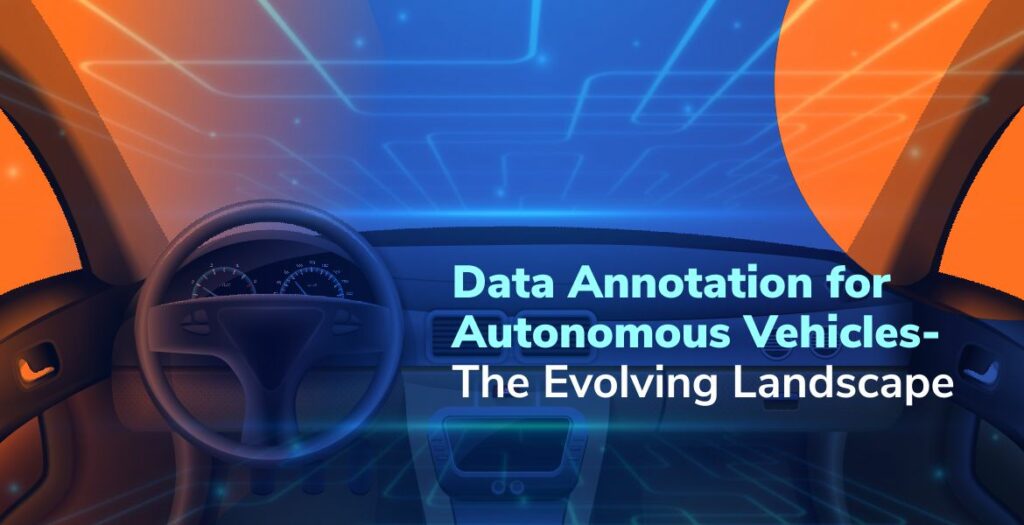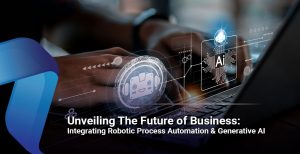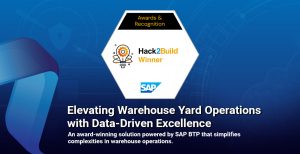According to Gartner, by 2023, more than 740,000 autonomous vehicles (AV) will be added to the market, with North America, Greater China, and Western Europe leading the expansion. Despite growing popularity, AVs still have limited autonomy and need to be controlled by humans. Moreover, AVs are bogged down by challenges such as safety, regulatory issues, and technical consistency.
Algorithms that lead the AV should be trained to identify, track, categorize, and make informed choices for course planning and risk-free navigation to boost their competencies. To meet acceptable safety standards, an AV must travel thousands of miles without incident. According to SAE International, the transition from level 2 to level 3 of automation is not incremental but exponential, owing to the rising complexity of AVs, usage of various sensors, and, most crucially, the petabytes of raw data collected continuously by these vehicles. An algorithm developer’s job is to create high-performance and reliable algorithms that help detect other vehicles, lane markings, stationary and moving objects, pedestrians, traffic lights, and traffic signage at crossings and intersections in any location—on a dark road or in bright sunlight and even inside underground tunnels. To ensure the perception algorithm works effectively, it needs to consume top-quality annotated data continuously.
The Process of Data Curation
The practice of labeling or classifying items in each frame collected by an AV is known as data curation or annotation. The data must then be curated so that the deep learning model can understand it, and relevant items must be recognized and tagged or labeled. Manual or AI-assisted annotation, or a combination of both, could be used to tag items. Once the model is fed with contextually trained data, it may be used to discover patterns from previously unprocessed data and classify objects appropriately.
The Conundrum of Annotation
To get AV on the roads swiftly, manufacturers require massive training datasets that are adequately annotated and labeled. Setting up an annotation pipeline that can process a variety of data formats and annotation types is the first step in annotating sensor data from an AV. Besides, raw data has to be prepared and assembled before being annotated. The annotation tasks can progress from basic 2D bounding boxes to more complicated tasks such as pixel-level semantic segmentation or 3D Cuboids incorporating a camera and Lidar Data.
With numerous permutations and combinations of data formats, autonomous car use cases, annotation toolsets, annotation approaches, and output formats, setting up and implementing the appropriate annotation program is a strenuous activity.
The Right Partner to Accelerate AV Development
Data Annotation is the core of the AV development process. Automobile manufacturers must address the increased demand for high-quality training datasets to advance the development of AVs. They must keep up with the ever-changing world of annotation methods, tools, and technologies. This landscape is rapidly changing, with newer and more efficient models being published virtually every month. Lastly, with access to endless possibilities and no set solution of all data annotation requirements, algorithm engineers consider this more of a challenge than an exciting possibility.













